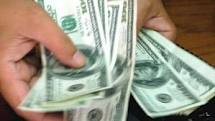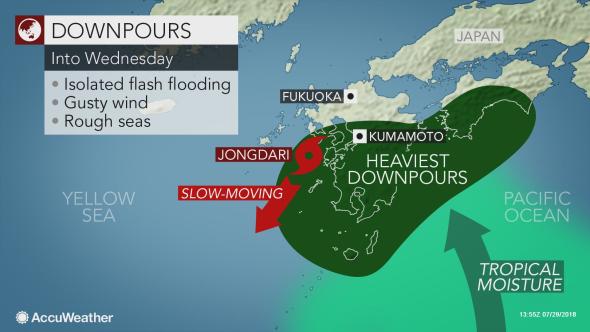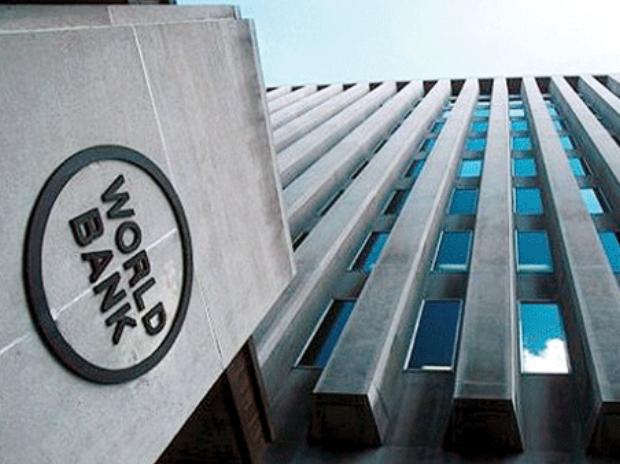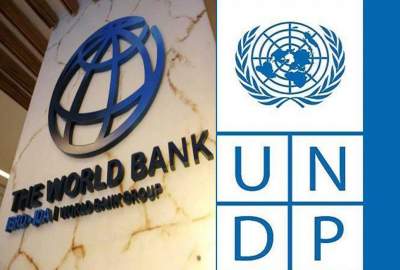The dollar finished Friday down against the euro, pound, yen and Australian dollar after a helter-skelter day of trade that saw central banks’ posture trump poor data to bolster sentiment.
Publish dateSaturday 28 April 2012 - 11:28
Story Code : 40816
Kathy Lien, a forex expert with GFT said the dollar’s fall had much to do with the actions and potential actions of central banks around the world AFP reported.
“The increase in liquidity from the Bank of Japan and the potential rate cut from the Reserve Bank of Australia next week reinvigorated the risk rally,”she said.
The Australian dollar posted the strongest gains against the greenback, up nearly one percent to $1.0467 while the dollar hit 80.29 yen, down 0.9 percent by 2200 GMT.
Japan’s central bank on Friday announced another round of monetary easing in its latest effort to resuscitate the economy after figures revealed the outlook continued to weaken.
The Bank of Japan said it would increase its asset purchase program by 5 trillion yen ($62 billion) to 70 trillion yen and keep interest rates at their super-low levels of between zero and 0.1 percent.
Meanwhile the euro hit $1.3258 (up 0.5 percent) and the pound rose to $1.6265 (up 0.5 percent) — a near eight-month high.
The euro had wobbled at the start of the day after S&P late Thursday cut Spain’s rating by two notches to BBB-plus and added a negative outlook.
Compounding the gloom, official data published Friday showed Spain’s jobless rate had soared to 24.4 percent in the first quarter.
“Investors have been able to ignore everything including a lower credit rating for Spain as long as central banks continue to provide a massive liquidity backstop,” said Lien.
“The increase in liquidity from the Bank of Japan and the potential rate cut from the Reserve Bank of Australia next week reinvigorated the risk rally,”she said.
The Australian dollar posted the strongest gains against the greenback, up nearly one percent to $1.0467 while the dollar hit 80.29 yen, down 0.9 percent by 2200 GMT.
Japan’s central bank on Friday announced another round of monetary easing in its latest effort to resuscitate the economy after figures revealed the outlook continued to weaken.
The Bank of Japan said it would increase its asset purchase program by 5 trillion yen ($62 billion) to 70 trillion yen and keep interest rates at their super-low levels of between zero and 0.1 percent.
Meanwhile the euro hit $1.3258 (up 0.5 percent) and the pound rose to $1.6265 (up 0.5 percent) — a near eight-month high.
The euro had wobbled at the start of the day after S&P late Thursday cut Spain’s rating by two notches to BBB-plus and added a negative outlook.
Compounding the gloom, official data published Friday showed Spain’s jobless rate had soared to 24.4 percent in the first quarter.
“Investors have been able to ignore everything including a lower credit rating for Spain as long as central banks continue to provide a massive liquidity backstop,” said Lien.
Source : Afghan Voice Agency (AVA), International Service
avapress.net/vdcaiany.49nw61gtk4.html
Top hits












